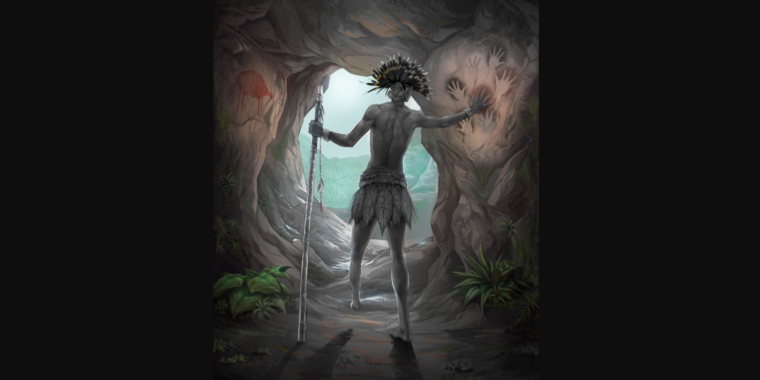Imagine being a preteen or young teenager in Borneo 31,000 years ago. Your small community survives by hunting and foraging in the mountainous, cave-riddled tropical forests. And then it happens: You get an injury so severe that cutting off your leg offers the only chance of saving your life. Most likely, something has cut off circulation to your lower leg, some of the tissue is now smelly and gangrenous, and it’s spreading fast. What’s your prognosis?
Based on Tebo 1, that situation was less dire than you might expect, although it almost certainly wasn’t easy.
For one thing, the severed leg bones show no signs of inflammation, which means that if Tebo 1 suffered any infection after the amputation, it wasn’t serious enough to reach the bone. Without antibiotics, infection is a major threat; most of the casualties in American Civil War field hospitals died of infection, not of their actual injuries.
The fact that Tebo 1 apparently didn’t face serious infection suggests that whoever performed the amputation understood how to keep the wound, the surgical tools, and their hands clean and understood that they needed to do so (which puts 31,000-year-old hunter-gatherers ahead of European and American surgeons just a century ago). It also suggests that someone took very good care of Tebo 1 after the operation.


